Road safety campaign explores biggest risks and horrors in attempt to cut 240 annual deaths
Families destroyed. Children killed. Road deaths are so common that only those affected by the trauma bother to change their behaviour. This must stop.
QLD News
Don't miss out on the headlines from QLD News. Followed categories will be added to My News.
THEY are the 240 deaths a year we too easily accept. The families destroyed, the children killed and the teenagers lost while drivers continue to speed, hoon, text and take the wheel while drunk.
They are Beverley Harwood and her daughter Olivia, 17, killed when a truck collided with the family car. They are Sarah and Omer Mazi, whose little boy was orphaned when a speeding driver hit them head on.
They are Olivia Douglas, 8, on her way to a netball tournament when she was killed in a head-on crash, glass and debris spreading across the Bruce Highway.
The pedestrians hit crossing major roads, crossing city roads. The cyclists and the motorbike riders. The drivers who fall asleep at the wheel. Indie Armstrong, 6, hit by an elderly driver in a shopping centre car park. Her death was not even counted in Queensland’s road toll because it did not occur on a public road.
Mum’s heartbreak: ‘We will never know happiness again’
Why men are dying in droves on our roads
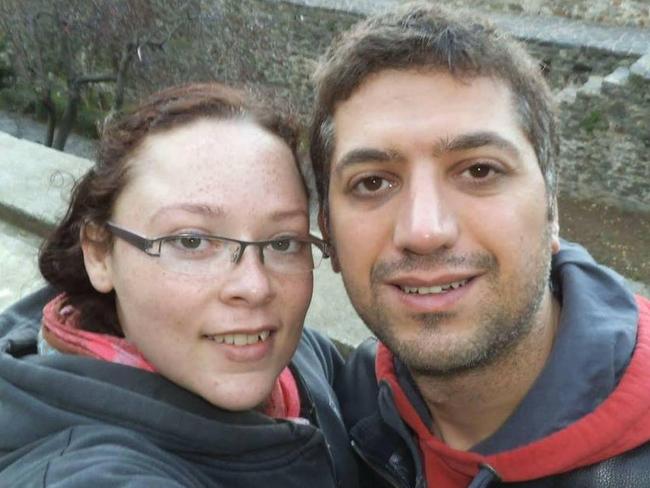
Authorities say road users are too accepting of the hundreds of deaths that occur on Queensland roads every year and do little to change their behaviour. They say only those directly affected by road trauma care about keeping safe.
The Courier-Mail and News Queensland will today begin an extensive road safety campaign, exploring the biggest risks on our roads, telling the stories of victims and the horrors witnessed by emergency services workers.
So far this year 219 people have died on Queensland roads. That figure is expected to go above 240 by the end of the year – as it has done every year, except one – for the last few decades.
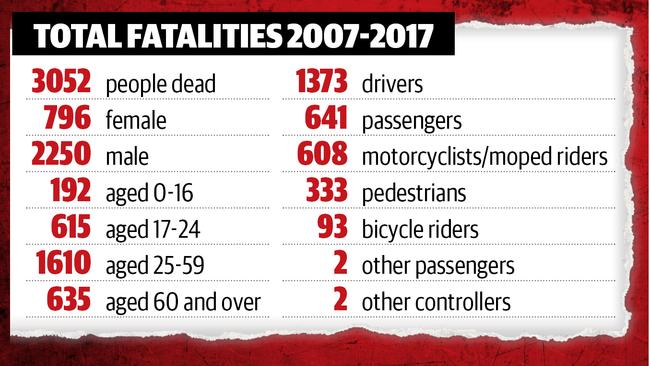
If that man people died every year in a plane crash, a natural disaster or as part of a massacre there would be outrage. Governments and authorities would act.
Yet every year the deaths on the State’s roads are accepted.
Today, The Courier-Mail and News Queensland papers from around the state begin an extensive road safety campaign to try and get drivers to change their behaviours behind the wheel. The campaign will be exploring the biggest risks on our roads, telling the stories of victims and the horrors witnessed by emergency services workers in an effort to drive down the road toll.
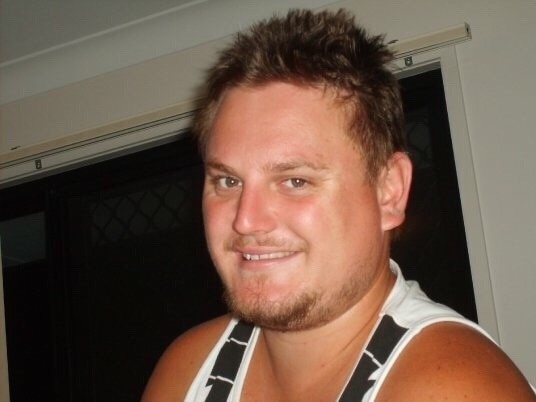
Road Policing Command Assistant Commissioner Mike Keating said he was constantly stunned by the risks people took behind the wheel.
“People simply don’t see it. Or they ignore it. Or they’re blasé towards the risks that they themselves face, or the risk to someone else, which is even more tragic,” he said.
“Where innocent people lose their lives because somebody else has taken a risk that is unwarranted, unnecessary.
“(We see) people who are videotaping themselves doing high-risk activities on the road, and then placing that video on some sort of social media site.
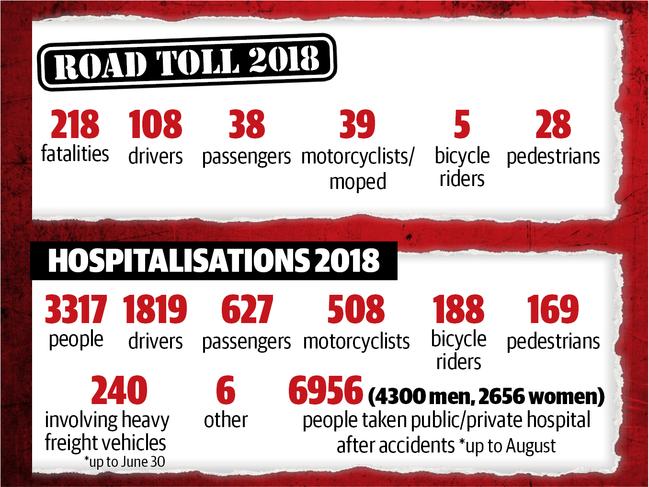
“And then, within 10 minutes, they pass away doing it again.
“And you say to yourself, ‘how is it that you couldn’t see that that was likely?’
“We see situations with people who are driving at incredibly high speeds; 200, 210km/h. And you think, how could you not foresee that that’s likely to put you in a high-speed situation?”
Mr Keating said the greatest frustration for police responding to crashes was how preventable they were. He said police were often criticised for “revenue-raising” when they were the ones who saw the horror of road trauma. They dealt with the horrific injuries and were responsible for knocking on the doors of families to tell them their relatives were dead.
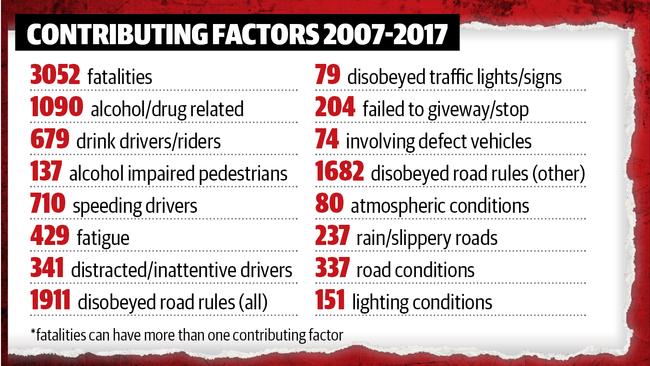
“Speeding,” he said, when asked what the biggest challenge in road policing was.
“If people slowed down to the proscribed speed limit, the road toll would drop dramatically,” he said.
“Overwhelmingly, speeding is the major contributing factor. And then there’s the other ones, like wearing your seatbelt, alcohol and drug driving, fatigue, they all play a part.
“But when you combine them with speed, that’s where you tend to end up with problems. It’s not hard.”
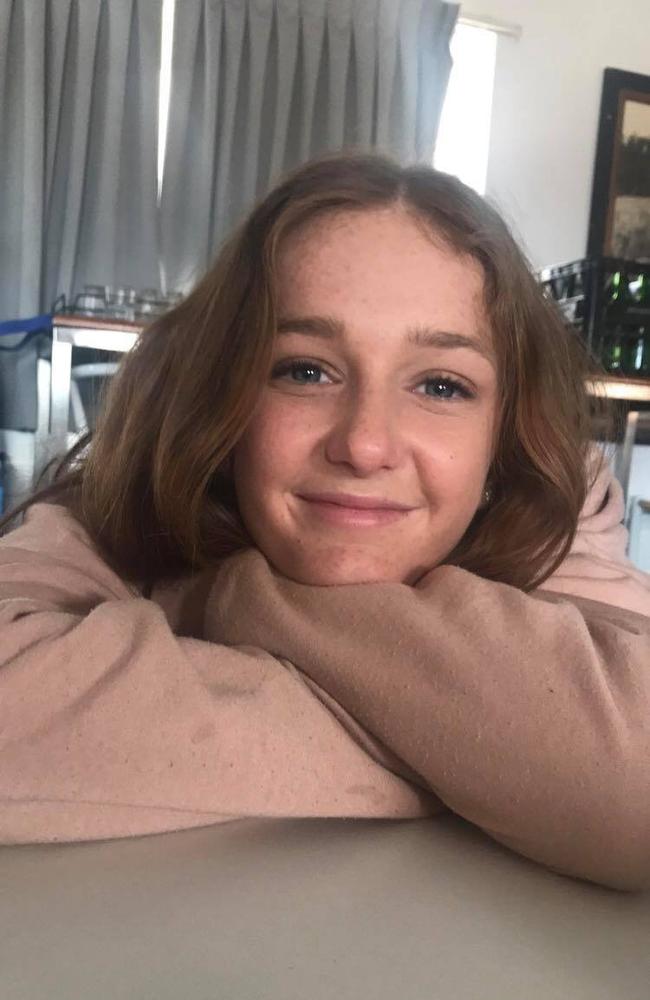
He said the major challenges included:
• Pedestrians getting killed or seriously injured while crossing illegally or in unsafe locations;
• Drivers blatantly running red lights at major intersections, resulting in horrific crashes;
• Drunk or drugged drivers taking major risks.
• People using mobile phones while driving, despite numerous surveys showing drivers know they increase their risk of causing a crash.
• An increase of serious crashes on regional roads.
He said police continued to invest in new technology to catch drivers doing the wrong thing, including speed camera technology.
“It’s a voluntary program, the speed camera program,” Mr Keating said.
“All of our enforcement programs are voluntary. If you don’t want to be part of them, drive like a sensible person. But if you want to drive at 130km/h in an 80km/h zone … we reserve the right to have technology call you to account for that.”
Emergency services workers have told The Courier-Mail they see horrors on Queensland roads every day; that if people saw the carnage they saw, driver behaviour would dramatically change.
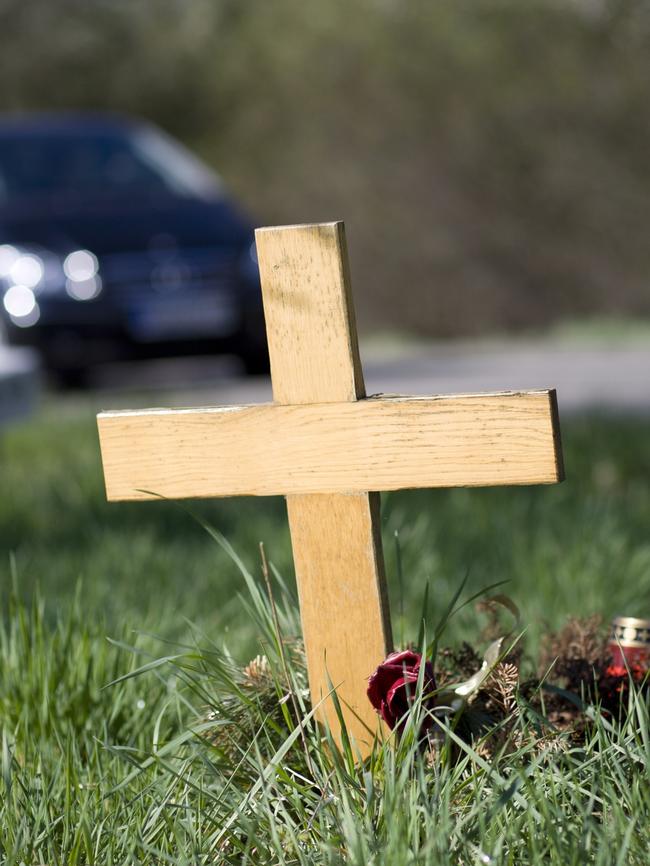
“I feel like a lot of the people we go to, the injured people, are not the ones who have done something wrong. It is someone else who has caused the accident,” LifeFlight Toowoomba clinical lead Dr Chris Jarvis said.
“If they could see what we see, if they actually saw the result, particularly with high-speed crashes, people would change the way they drive. Compound fractures, people squashed up against steering wheels, legs crushed under dashboards,” firefighter Mark Hadfield said.
“I find that unless people are directly affected, they don’t think about (road trauma),” Senior Sergeant Brooke Flood said. “We are confronted by people’s stupid mistakes and left to clean up the aftermath. People will drive past a crash and say, ‘that looks terrible’ and they don’t think about it again.”


